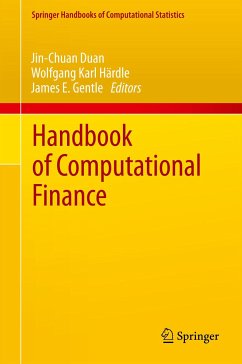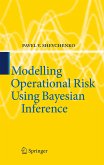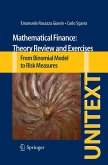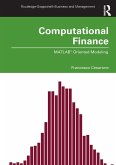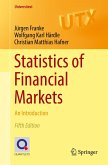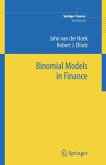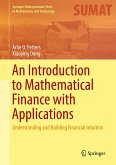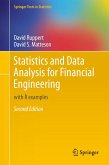Dieser Download kann aus rechtlichen Gründen nur mit Rechnungsadresse in A, B, BG, CY, CZ, D, DK, EW, E, FIN, F, GR, HR, H, IRL, I, LT, L, LR, M, NL, PL, P, R, S, SLO, SK ausgeliefert werden.
"This handbook provides a carefully chosen survey of the concepts and methods of computational finance, ranging from basic background material through the current frontier of research ... . This handbook is an authoritative and valuable account of an important field. I am sure that it will be an important reference source for researchers and practitioners." (Lasse Koskinen, International Statistical Review, Vol. 81 (3), 2014)

